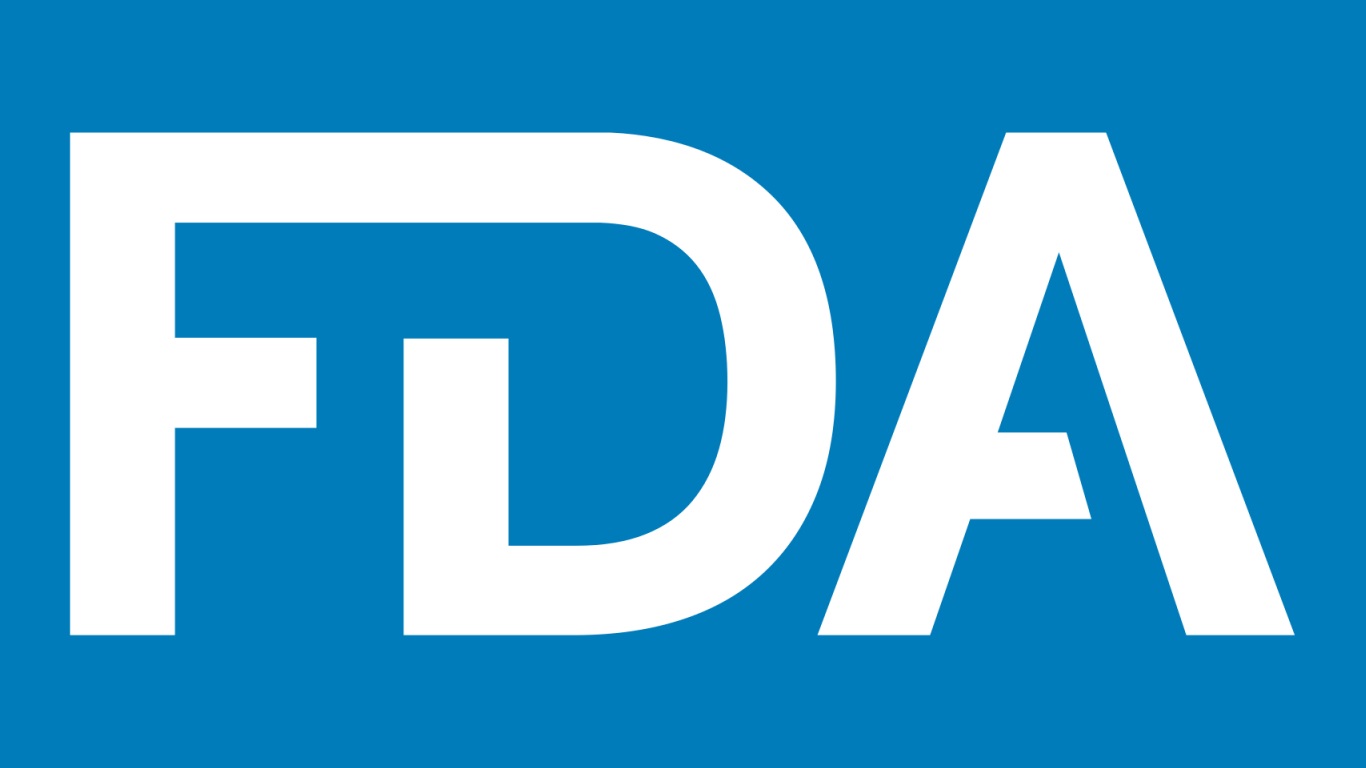FDA Updates Online Module for Food Ingredient and Packaging Materials Submissions

The FDA has updated the CFSAN Online Submission Module (COSM) to improve communication for industry who send regulatory submissions to FDA’s Office of Food Additive Safety (OFAS). The update to COSM introduces three new features:
- Users can submit documents directly to the OFAS via COSM, eliminating the need to use the FDA’s Electronic Submission Gateway (ESG)
- COSM allows for secure communication between the FDA and users for submissions and amendments to submissions created in COSM
- Dynamic user dashboard displays the status of the submissions.
Submitters use the same link to log into COSM as they have in the past and follow the same step-by-step process to assemble their submissions following the established question-and-answer form. The form then guides users through developing and organizing the documents in the appropriate order for submission directly to OFAS. Information on how to register, use COSM and send submissions is provided in the help guides on the COSM webpage.
FDA communication with submitters through COSM is available for the following OFAS submission types:
- Biotechnology Notification File (BNF)
- Color Additive Petition (CAP)
- Food Additive Petition (FAP)
- Food Contact Notification (FCN)
- Generally Recognized as Safe Notice (GRN)
- New Protein Consultation (NPC)
- Pre-Notification Consultation (PNC) for a food contact substance